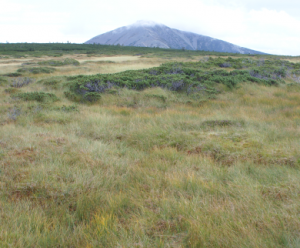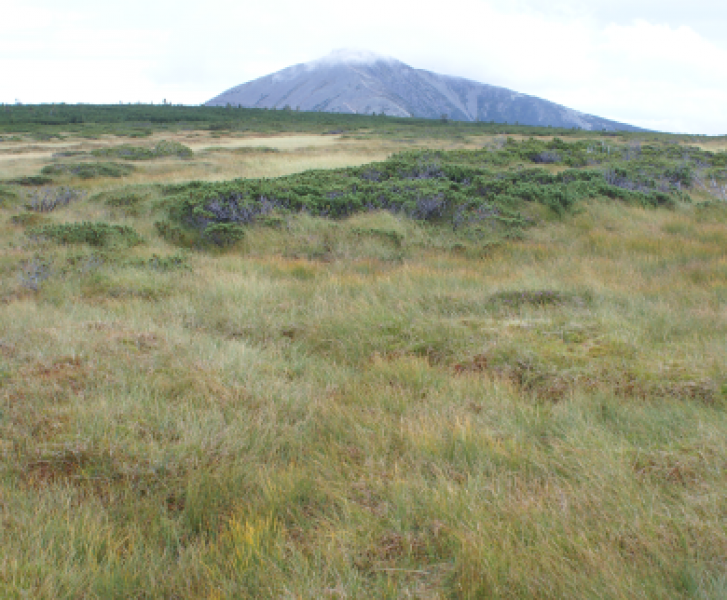Barbara Fiałkiewicz-Kozieł, Edyta Łokas, Mariusz Gałka, Piotr Kołaczek, Francois De Vleeschouwer, Gael Le Roux, Beata Smieja-Król, 2020: Influence of transboundary transport of trace elements on mountain peat geochemistry (Sudetes, Central Europe), Quaternary Science Reviews 230: 106162. https://doi.org/10.1016/j.quascirev.2020.106162
The Sudetes forms a significant orographic barrier in Central Europe. There are alpine peat bogs, which are an excellent natural archive of environmental changes. One of them is located on ‘Równia pod Śnieżką’, at the foot of Śnieżka, the highest peak of the Karkonosze Mountains. The interdisciplinary research of 300 years old peat profile, carried out by authors led by Dr. Barbara Fiałkiewicz-Kozieł from Faculty of Geographical and Geological Sciences, AMU, allowed for recognition of anomalies in the composition of the peat and for tracing the origin of pollutions. The Black Triangle industrial activities (the Czech Republic, Germany, and Poland), as well as the broad Central Europe coal usage, were the dominant source of pollution and atmospheric emission of most elements. The peatland received aerosols from broadly recognized anthropogenic sources like production and use of stainless steel, processing of uranium, nuclear weapon tests, and the Chernobyl accident. The detailed study is an important contribution to the discussion about the onset of the Anthropocene epoch.


